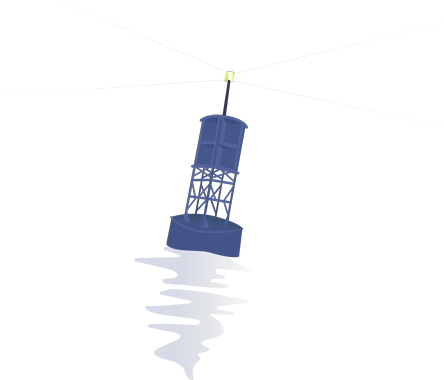About Running Tide
Running Tide is on a mission to restore ocean health and productivity, rebalance the carbon cycle, decarbonise global supply chains, and revitalise coastal communities.
Running Tide’s multidisciplinary team designs and develops integrated software and hardware systems, including monitoring and measurement capabilities to deploy nature-based interventions that remove carbon, combat ocean acidification, and increase the scientific understanding of ocean ecosystems.


The global carbon challenge
Globally, 100–1000 billion tons of CO2 must be removed from the atmosphere before the end of the century to reach long-term climate goals of the Intergovernmental Panel on Climate Change (IPCC). One impact of this will be to lower the levels of acidity in the ocean, which by some estimates, has already absorbed 30% of the 2 trillion tonnes of CO2 emitted since the beginning of the industrial era.
The high acidity is wiping out marine species and contributing to coral bleaching; by reducing ocean acidification, we can protect marine life, and prevent greater food insecurity. Development of technologies that drive large-scale intervention to move CO2 from the fast carbon cycle to the slow cycle are essential to achieving this goal.
The deep ocean is a massive reservoir that, by current estimates, stores 37,000 gigatons of carbon. Efficiently and effectively moving measurable quantities of CO2 from the fast cycle back to slow, while not disrupting or causing damage to marine life, requires both nature-based innovation and satellite-based technology.
Ocean-based carbon removal
Running Tide is developing a global carbon removal system with the capability to integrate and amplify natural carbon removal pathways. It processes sustainably sourced, carbon-rich terrestrial biomass into buoys, to be deployed in the open ocean and dispersed by ocean currents.
Buoys are coated with calcium carbonate or similar alkaline materials, and when placed in the open ocean, the carbon buoy partially dissolves, thereby sequestering CO2 through a recognised carbon removal process known as Ocean Alkalinity Enhancement (OAE).
Running Tide also incorporates macroalgae in its carbon removal system. Buoys can be seeded with macroalgae, and in the duration that the carbon buoys float, the macroalgae fixes carbon while it grows. Once the buoys absorb enough water to lose buoyancy, they rapidly sink, transporting the embodied fast carbon to the deep ocean (slow carbon cycle), where it remains for centuries or millennia.
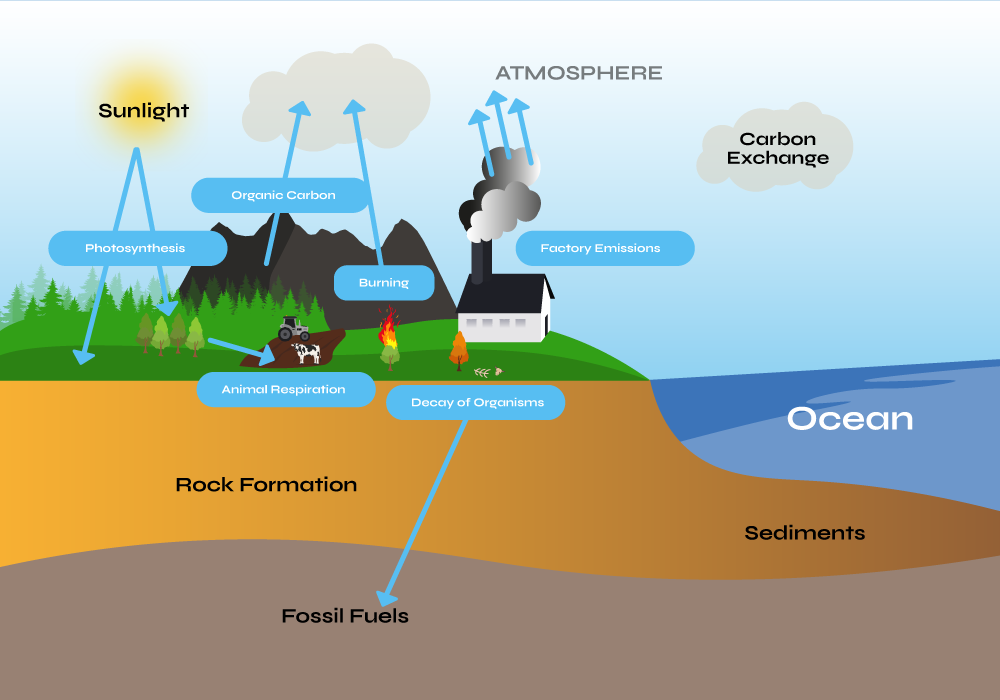
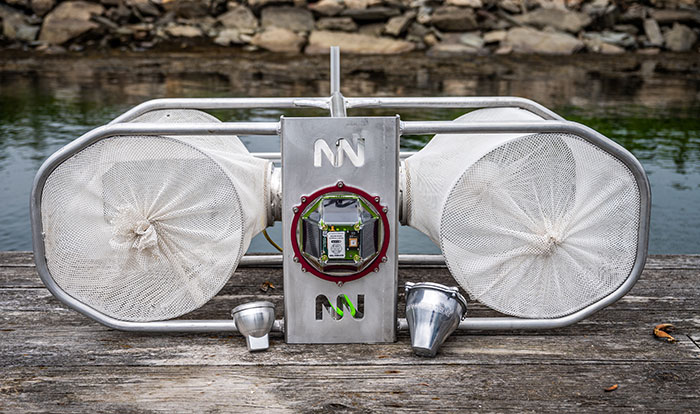
Moving to the slow carbon cycle
This process effectively transports carbon, stored in both the macroalgae and terrestrial biomass within the buoy, thereby removing it from the fast cycle to the slow carbon cycle. The system amplifies existing natural processes, and utilises low-energy inputs (gravity, photosynthesis, and ocean currents). Running Tide’s carbon removal system is highly scalable, and shows the promise of a solution that can meet the scale of the problem.
To measure the efficacy of carbon buoy deployments, Running Tide utilises a fleet of verification buoys that are deployed alongside the carbon buoys at sea, part of the company’s detailed quantification platform.
Powered by RockBLOCK 9603
Capturing data from the carbon buoy deployments is essential to understanding their rate of progress, and satellite connectivity for the data transmission is essential. While designing their verification buoy fleet, Running Tide conducted a deep dive into the available satellite communication options, and selected the RockBLOCK 9603.
This Iridium-powered, plug-and-play transceiver sends and receives messages via Short Burst Data (SBD) from anywhere on Earth with a view of the sky. This makes the device the optimum solution for reliable data transmissions from Running Tide’s verification buoys.
The data transferred is designed to quantify the carbon removed and optimize the system for future deployments: including those related to the size and composition of buoys, the lifecycle of the macroalgae, and the timing and location of deployments.
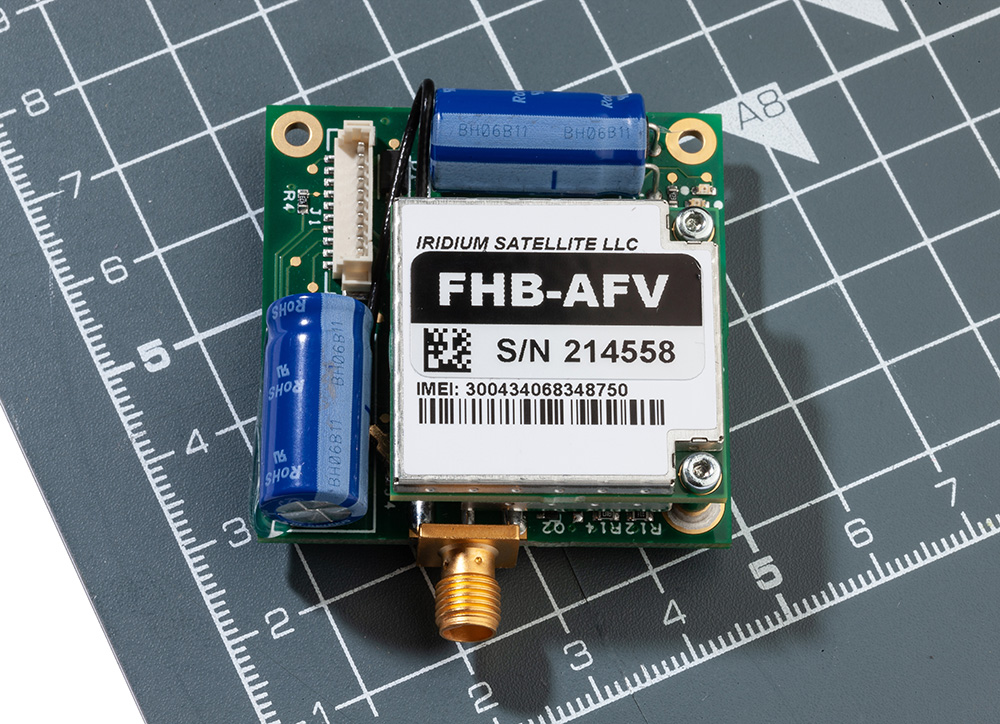
“Capturing comprehensive and accurate data in the early stages of the carbon buoy roll-out is particularly important so we can model the impacts of each iteration of our interventions and the progression of macroalgae in future deployments. We chose the RockBLOCK 9603 because it provides global coverage, has competitive and flexible data plans, and is integrator friendly to our existing carbon removal system.”
Tim Dyson | Senior Electrical Engineering Manager | Running Tide
What's next?
In December 2022 and January 2023, Running Tide launched two deployments of verification buoys out of its base in Iceland, which encapsulated RockBLOCK 9603 technology. Ultimately, Running Tide’s carbon removal system aims to not only restore and amplify the transfer of carbon from the fast cycle to the slow at scale, but to also create carbon-negative supply chains that drive decarbonization across a number of additional critical industries.
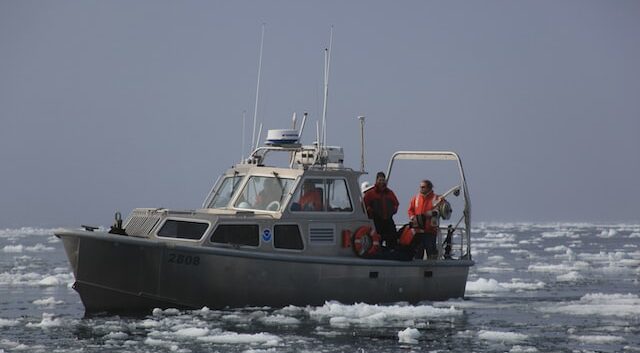
Would you like to know more?
Whatever your communication or connectivity needs, we can help. Talk to one of our team to discover our products and services and how they can benefit, improve and streamline your applications.
